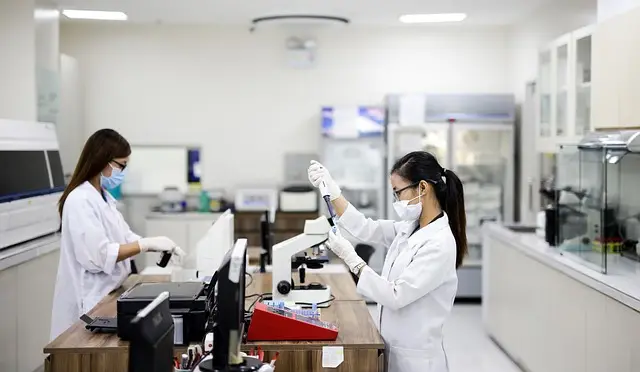
Laboratory Management questions with detailed answers and explanations:
1. Which of the following is the most important consideration when handling biohazardous specimens?
3. When should a laboratory technician perform a system maintenance check on laboratory instruments?
4. What should a medical technologist do if they encounter a sample with an unexpectedly high result?
5. What should be the first step when an accidental spill of a chemical occurs in the laboratory?
6. Which type of specimen requires immediate processing to prevent degradation?
7. What is the correct procedure when handling a patient sample that is potentially infectious?
8. Which of the following is the best method for ensuring laboratory results are accurate and reproducible?
9. When performing a blood draw, which of the following should be done to ensure proper sample collection?
10. What is the primary reason for performing calibration checks on laboratory instruments?
11. What should be done if a laboratory instrument malfunctions during testing?
12. Which of the following is NOT an acceptable method for disposing of used syringes in the laboratory?
13. What is the function of a centrifuge in the laboratory?
14. Which of the following statements about quality control in the laboratory is TRUE?
15. What is the primary concern when using liquid nitrogen in the laboratory?
16. How should a medical technologist handle a sample that has been incorrectly labeled?
17. What type of sample is most commonly used for microbiological culture?
18. Which of the following is considered the most important step when preventing contamination of a microbiological culture?
19. Which method is commonly used to sterilize laboratory equipment?
20. What is the role of a laboratory safety officer?
21. When should a laboratory technician wear personal protective equipment (PPE)?
22. What is the most effective way to prevent cross-contamination in laboratory tests?
23. How should blood specimens be stored if they cannot be processed immediately?
24. Which of the following is the main purpose of using a positive control in laboratory testing?
25. What action should be taken if an incorrect reagent is used in a test?
